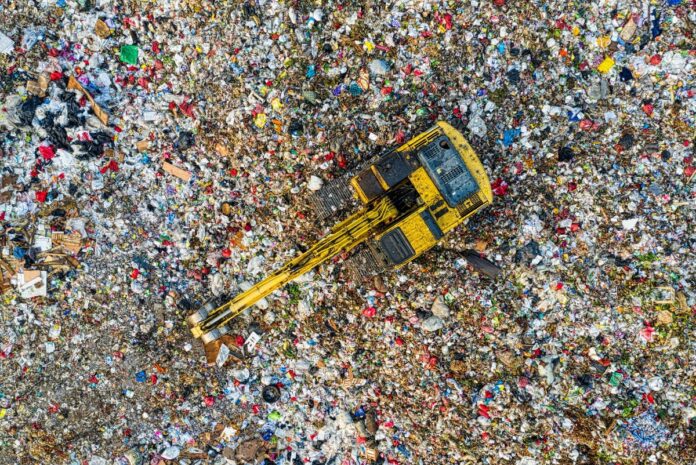Research has revealed that children’s lost school jumpers generate 570 tonnes of plastic waste per year in Wales, the equivalent of 35.5 million plastic bottles ending up in landfill.[1]

School jumpers often contain up to 65 percent polyester, which is a type of plastic. With up to two million school jumpers lost permanently every year in Wales, these alone are contributing significantly to the 40kg plastic waste generated annually by each household in the UK.[2]
What’s more, school uniforms alone don’t show the full extent of Wales’s lost property waste problem. The study, which was conducted amongst parents in the UK by leading name label manufacturer My Nametags, reveals that children in the country permanently lose 14 possessions every year on average. This equates to a staggering seven million items lost in Wales per year, many of which have a high plastic content.
The most commonly lost items:
- Toys
- Socks
- School jumpers
- Cuddly toys
- Stationery
With all five of the most commonly lost items containing high proportions of unsustainable materials, including plastic, the findings reveal the staggering effect that lost property in the UK is having on the environment.
For example, 90 percent of all toys sold are made from plastic.[3] With as many as 51 million plastic toys lost per year in the UK, this could be contributing the equivalent of 286 million plastic bottles to landfill.[4]
What the experts say:
Commenting on the findings, Dr Sally Beken, Founder of the UK Circular Plastics Network and head of polymers at KTN, said: “By losing garments that could be passed on and ultimately recycled, we are missing an opportunity to make clothing more sustainable. Highlighting the scale of the problem is the first step to remedying it. After littering, incineration and landfill are the worst scenarios for textiles that are no longer useful. There are some novel solutions to the circularity of polymers and synthetic textiles that are starting to develop that will mean if we can capture garments, we can revalue them as starting materials for new plastic products.”
How can Brits tackle the challenge?
Lars B. Andersen, Managing Director at My Nametags, comments: “Children’s lost property is a significant problem, not just for parents who have to replace the lost items, but for the environment too. As a nation, we know there is a climate crisis, and everyone is doing their bit to reduce their impact on the planet, whether that is eating less meat, reducing use of single-use plastics, or installing energy-efficient light bulbs. However, there remains a gap in our knowledge about the impact that lost property could be having on the environment.
“Clothing is a key example of this. Many fabrics used to create children’s clothes and uniforms include synthetic fibres made from plastic. As a result, when these items are unnecessarily lost, it can have a big impact on the planet. To help parents reduce the environmental impact of lost items, we have put together a list of top tips for preventing lost property and ingenious hacks to make clothing last longer.”
For more information and advice on tackling the lost property plastic problem, visit https://www.mynametags.com/

| [donate]
| Help keep news FREE for our readersSupporting your local community newspaper/online news outlet is crucial now more than ever. If you believe in independent journalism,then consider making a valuable contribution by making a one-time or monthly donation. We operate in rural areas where providing unbiased news can be challenging. |



















